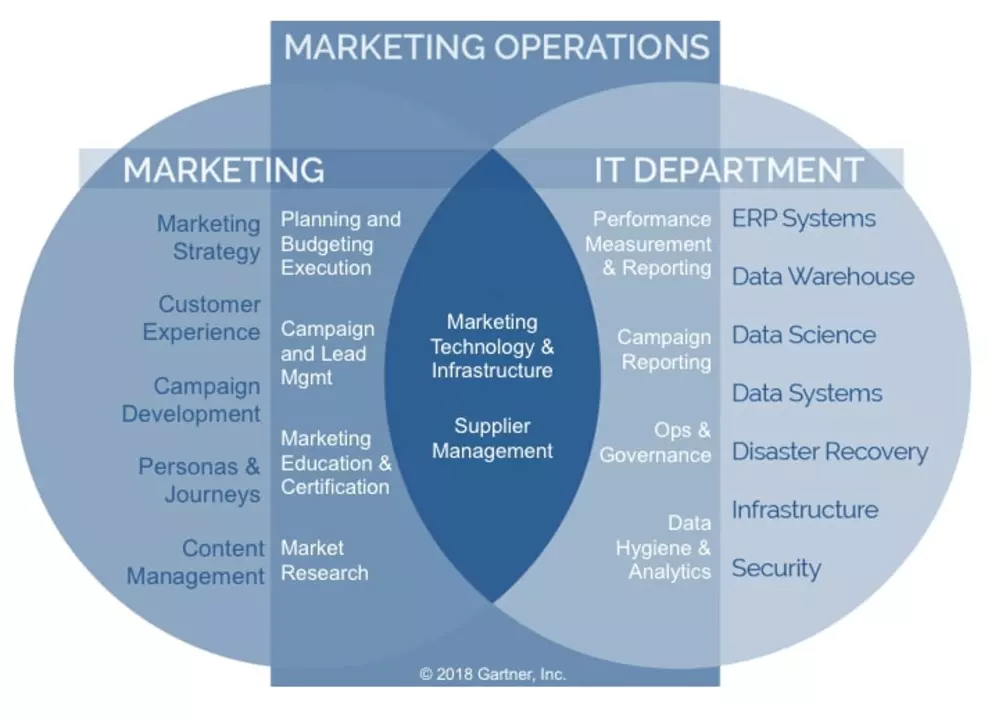Understanding Customer Marketing in the Digital Era
In the digital era, customer marketing has evolved into a comprehensive approach that involves not only promoting products and services but also building long-term relationships with customers. This section will help you understand the concept of customer marketing and how it has evolved over time.
With the advancement of technology and the rise of the internet, customer marketing has shifted from traditional mediums like billboards and print advertisements to digital platforms such as social media, email marketing, and websites. This has opened up a world of opportunities for marketers to reach their target audience and engage with them in a more personalized and interactive manner.
Importance of Personalization in Customer Marketing
Personalization plays a crucial role in customer marketing in the digital era. It is all about catering to the individual needs and preferences of your customers. By personalizing your marketing efforts, you can make your customers feel valued and understood, which in turn leads to increased customer loyalty and higher conversion rates.
In the digital age, customers expect brands to know their preferences and provide them with personalized experiences. This can be achieved through targeted email marketing campaigns, personalized product recommendations, and dynamic content on your website. By incorporating personalization in your customer marketing strategy, you can ensure that you stay relevant and connected with your customers.
Maximizing Customer Lifetime Value
Customer lifetime value (CLV) refers to the total revenue a business can expect to generate from a customer throughout their relationship. Maximizing CLV is an essential objective of customer marketing in the digital era, as it helps businesses optimize their marketing efforts and resources.
In order to maximize CLV, businesses need to focus on customer retention and loyalty. This can be achieved by delivering exceptional customer service, offering personalized experiences, and nurturing long-term relationships with customers. By doing so, businesses can increase customer satisfaction and encourage repeat purchases, ultimately leading to higher profits and growth.
Utilizing Social Media for Customer Engagement
Social media has become an indispensable tool for customer marketing in the digital era. It allows businesses to interact with their customers in real-time, gather valuable feedback, and build lasting relationships. By leveraging social media, businesses can boost their customer engagement and enhance their brand image.
Some effective ways to utilize social media for customer marketing include sharing valuable and engaging content, responding to customer queries promptly, and encouraging user-generated content. By staying active on social media platforms and engaging with your audience, you can strengthen your brand's online presence and foster customer loyalty.
Building a Customer-Centric Culture
Creating a customer-centric culture within your organization is essential for customer marketing success in the digital era. This means ensuring that every aspect of your business, from product development to customer support, prioritizes the needs and preferences of your customers.
A customer-centric culture can be achieved by encouraging open communication, empowering employees to make customer-focused decisions, and regularly collecting and analyzing customer feedback. By adopting a customer-centric approach, businesses can enhance customer satisfaction and create long-lasting relationships with their customers.
Empowering Customers through Self-Service Options
With the rise of digital technology, customers have become more self-reliant and prefer to solve their issues independently. Providing self-service options is a great way to empower customers and improve their overall experience with your brand.
Examples of self-service options include FAQs, knowledge bases, chatbots, and interactive tutorials. By offering these resources, you can reduce customer support costs and allow your customers to find answers to their questions quickly and easily.
Leveraging Data and Analytics for Customer Insight
Data and analytics are crucial to understanding customer behavior and preferences in the digital era. By analyzing customer data, businesses can gain valuable insights that can be used to improve their marketing efforts and tailor their products and services to better meet customer needs.
Some of the key data points to analyze include customer demographics, purchase history, browsing behavior, and feedback. By leveraging data and analytics, businesses can make informed decisions and develop effective customer marketing strategies that drive results.
Creating Seamless Omnichannel Experiences
Omnichannel marketing refers to the integration of various marketing channels to provide a seamless and consistent customer experience. In the digital era, customers expect to interact with your brand across multiple touchpoints, including websites, social media, email, and in-store visits.
To create a successful omnichannel strategy, businesses must ensure that their branding, messaging, and customer experience remain consistent across all channels. By doing so, they can enhance customer satisfaction and foster long-term loyalty.
Implementing Customer Loyalty Programs
Customer loyalty programs are an effective way to reward your customers for their continued support and encourage repeat business. These programs offer customers incentives and perks, such as discounts, exclusive offers, and freebies, in exchange for their loyalty.
In the digital era, customer loyalty programs can be easily implemented through mobile apps or online platforms, making it convenient for customers to access and redeem their rewards. By offering a well-designed loyalty program, businesses can enhance customer retention and drive long-term growth.
Measuring the Success of Customer Marketing Initiatives
Lastly, it is essential to measure the success of your customer marketing initiatives to ensure that they are yielding the desired results. Some key performance indicators (KPIs) to track include customer satisfaction, customer retention rate, customer lifetime value, and return on investment (ROI) for your marketing campaigns.
By consistently monitoring and evaluating your customer marketing efforts, you can identify areas of improvement and make data-driven decisions to optimize your strategy and achieve your business goals.
